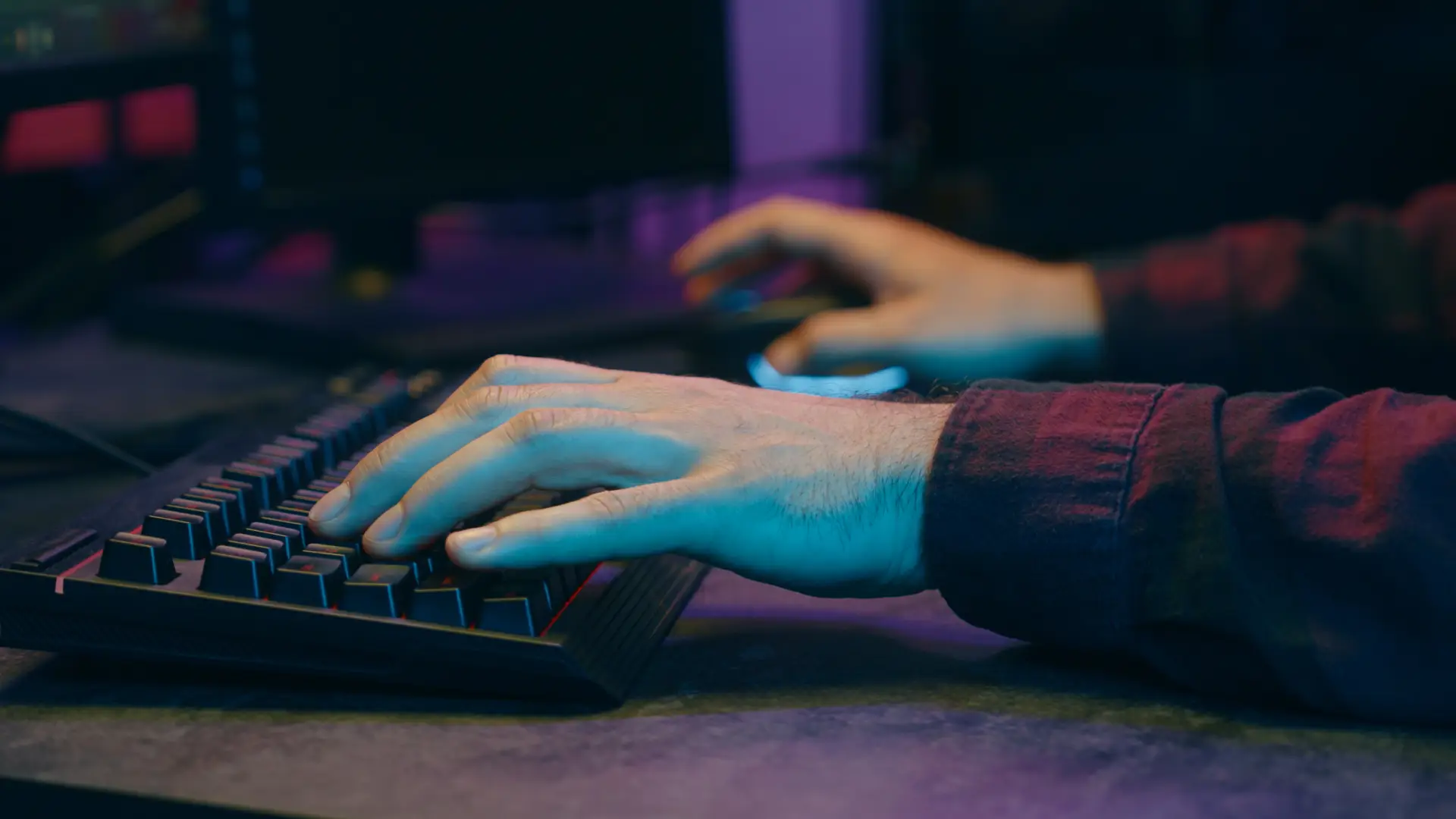There’s a difference between “it works” and “it works well.” Especially when it comes to game UI.
We’ve seen indie games with stunning art, tight mechanics, and all the right vibes undermined by UI that confuses more than it guides. It’s easy to overlook. Until it’s the thing standing between your player and their next “a-ha” moment.
Here are the biggest UI pitfalls we see (and how to avoid them).
1. Overdesigned Interfaces
Yes, your inventory screen can look cool. But if it takes 3 seconds to figure out what’s clickable… that’s 2.5 seconds too long.
What to do instead: Prioritize function. Then layer in style. If it’s a sci-fi game, let the interface feel techy—but don’t bury the “equip” button in a maze of chrome and blur.
2. Inconsistent Visual Language
Players notice when button styles change from screen to screen, or when one tooltip fades in and another slides down. These inconsistencies don’t just look off. They feel off.
What to do instead: Build a UI system early on. Define your button states, text hierarchy, and animation styles. It’ll save you hours of rework and keep your game feeling coherent.
3. Unreadable Text (Especially on Smaller Screens)
Tiny font sizes. Low-contrast palettes. Weird kerning. They all add up to one thing: eye strain.
What to do instead: Test your UI across resolutions and screen sizes. Zoom out. Shrink your window. Hand it to a friend. If it’s not legible at a glance, it’s not ready.
4. No Feedback on Player Actions
Pressed a button—did it work? Used an item—did it go through? When UI doesn’t confirm actions, players second-guess what just happened.
What to do instead: Use sound, animation, or microinteractions to confirm actions. Even a subtle glow or click can make things feel done.
5. Too Much, Too Soon
Dropping five different UI layers in the first 10 minutes is overwhelming. Players need time to ease in.
What to do instead: Onboard in layers. Introduce only what’s needed at each moment. If your game has depth, reveal it over time—not in one giant tooltip dump.
The TL;DR
UI is where your game talks back to the player. So if it’s clunky, inconsistent, or unclear, it doesn’t matter how good the rest of the game is—they’ll feel friction.
Indie games don’t need bloated UIs. They need clear, usable ones with just enough personality to stand out. And yes, with the right design process, you can absolutely have both.
Need help building a UI system that’s clean, smart, and game-ready? Let’s talk.
